I have a table with the following data
IF OBJECT_ID('TEMPDB.DBO.#t1', 'U') IS NOT NULL
DROP TABLE #t1;
CREATE TABLE #t1
([c1] varchar(100), [c2] varchar(10), [c3] varchar(100), [c4] varchar(100))
;
INSERT INTO #t1
([c1], [c2], [c3], [c4])
VALUES
(93, '60-1.1.1.', 60, 3),
(104, '60-1.2.1.', 60, 3),
(102, '60-1.1.2.', 60, 3),
(101, '60-1.2.2.', 60, 3),
(92, '60-1.1.3.', 60, 3),
(96, '60-1.2.3.', 60, 3),
(103, '60-1.1.4.', 60, 3),
(94, '60-1.2.4.', 60, 3),
(105, '60-1.2.5.', 60, 3),
(97, '60-1.2.6.', 60, 3),
(99, '60-1.2.7.', 60, 3),
(100, '60-1.2.8.', 60, 3),
(98, '60-1.2.9.', 60, 3),
(95, '60-1.2.10.', 60, 3),
(91, '60-1.2.11.', 60, 3)
;
select * from #t1
the result of the table is as follows
select * from #t1 order by c3,c4
Now i ran the following query i got the result as expected
select Cast(c4 AS VARCHAR(2)) + '~'+ Cast(c1 AS VARCHAR(100)) AS c5,* from #t1
the result of the above query was as follows
Now i have used top 1 to fetch a record i have written the code as follows
select top 1 Cast(c4 AS VARCHAR(2)) + '~'+ Cast(c1 AS VARCHAR(100)) AS c5,* from #t1
the result of the above query was as follows
Now i have used top with order by clause then i got the following result
select top 1 Cast(c4 AS VARCHAR(2)) + '~'+ Cast(c1 AS VARCHAR(100)) AS c5,*
from #t1 order by c3,c4
Question: why there was a change in the results of last 2 queries , as i would like to expect the same result?
let me ask you in this way:
When i execute the top 1 query without order by i got 93 record values, so when i execute top 1 with order by columns i expect the same result. in the query as per my assumption there was no impact of order by caluse
Thanks in advance
EDIT 1
even when i executed 100 time results were same
EDIT 2
- Server 1
Actually i have created a main table and inserted the above records . run the last two queries in two different sessions, the result was same
- Server 2
Done the above (same steps in server 1) in second server. run the last two top 1 queries, results were same in two sessions.
the results seems to be same in both servers and sessions.
Results






